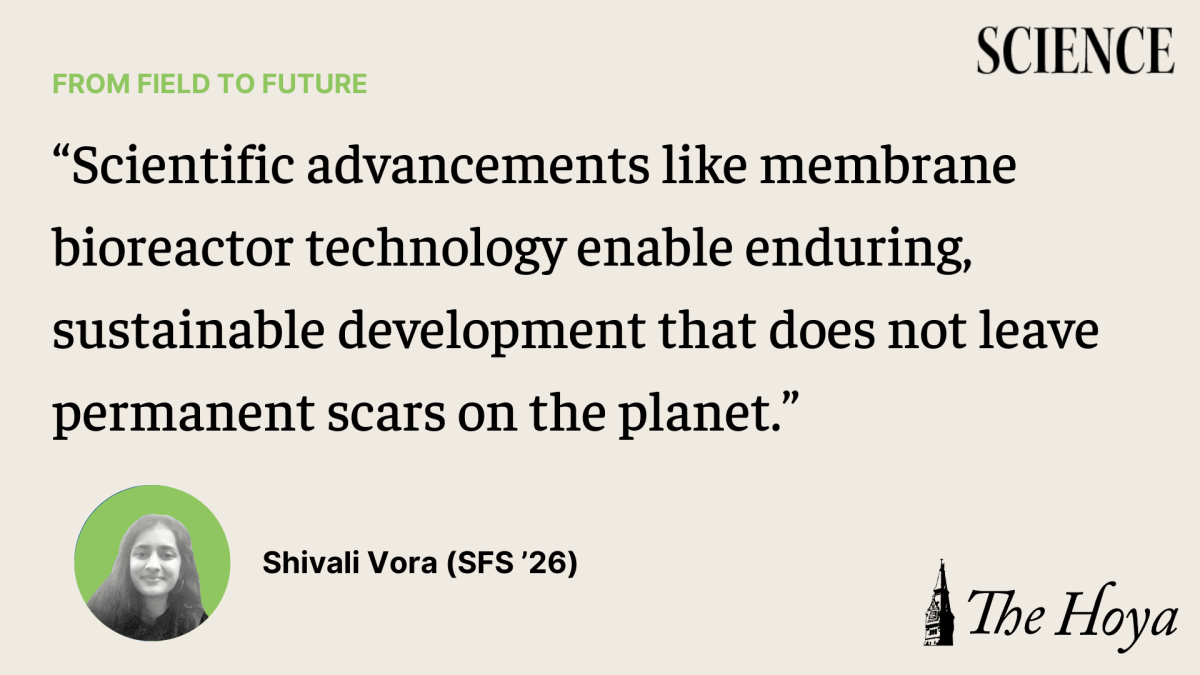It is an unfortunate reality that the nations contributing the most to climate change are not the nations feeling its effects most intensely. The unprecedented population growth of the Anthropocene, the age of human dominance, will soon be restricted by resource finitude. While fossil fuels dominate conversations about resource scarcity, an even more essential resource is rapidly depleting.
While it may seem like our blue planet is drowning in water, 97% of it is saltwater. Shortages of drinkable water are frequent, as people in drought-prone regions like North Africa and the Middle East know all too well. According to the United Nations, the Earth will have a water deficit of 40% by 2030 if current usage continues. Over 2 billion people worldwide already lack safe drinking water and 46% lack access to water for sanitation.
Climate change is ravaging natural freshwater replenishment, causing declines in soil water storage as well as the amount of water in mountainous glaciers and snow that typically becomes available seasonally. Rising sea levels are causing saltwater intrusion — the spread of saltwater through groundwater — and increasing the frequency of extreme events like floods and droughts. Additionally, precipitation tends to be warmer, creating an ideal environment for pathogens.
Countries all over the world are facing progressively higher levels of water stress — periods when demand exceeds supply. Part of the issue is that demand exists not just for drinking water, but also for water used for agriculture, livestock and electricity generation. From hydropower to nuclear power plants, many forms of energy, renewable and nonrenewable alike, require large volumes of water, as does irrigation for staple crops like sugarcane, wheat and rice, all of which are in high demand as the world population rises relentlessly.
Singapore has one of the highest gross domestic product (GDP) per capita in the world, but it is also one of the most water-stressed nations in the world because of limited land for reservoir construction, few freshwater resources, increasingly common droughts and climbing average temperatures. However, their extensive water reclamation system is alleviating some of the stress and making a heavily limited resource last longer for this island state.
To achieve the goal of water self-sufficiency and independence from foreign imports, Singapore began researching and, in 1998, building a system of 17 reservoirs connected by water reclamation plants — facilities that clean wastewater and in some cases recover the extracted materials for reentry into the ecosystem. Decades of investment into research and development for superior wastewater treatment have resulted in a product called NEWater that is well within World Health Organization (WHO) potability standards. The wastewater first goes through a filter that removes debris and pollutants, followed by passage through a membrane bioreactor, which efficiently combines bioreactors (growing specific biomass that will chemically consume unwanted substances in wastewater) with microfiltration or ultrafiltration. After this, a round of reverse osmosis — the process of using pressure to force water through a semipermeable membrane, thereby separating it from possible contaminants — targets microorganisms, metals, hydrocarbons, pesticides and other impurities. Finally, disinfection with UV light kills any remaining traces.
Most of the end product is used industrially, such as for microchip manufacturing, but small amounts are also added to drinking water reservoirs, especially after periods of evaporation. Singapore now uses NEWater to meet 40% of its water needs, as it is significantly cheaper than desalination. Its success and public acceptance are in large part due to successful collaboration between the scientists who developed it and the community leaders who spread awareness about it. At National Day Parades, for example, bottled NEWater was distributed for people to taste. Engagement and transparency with both the public and partnering sectors like the semiconductor industry — now a significant consumer of NEWater — helped the science make it from the lab to Singapore’s future.
Singapore’s resourcefulness and commitment to water recycling is quite uncommon; 80% of wastewater worldwide flows back into the ecosystem unmanaged. For emerging economies like those in sub-Saharan Africa, where only 30% of people have reliable access to a safe supply of water on tap, adopting Singapore’s innovative technology may help build sustainable water security. Despite the initial burden of financing the design and implementation of a water reclamation system, it will pay off in multitudes.
Ultimately, economic development rests on the shoulders of basic needs like food, water and energy. Pushing toward indiscriminate urbanization and industrialization does no good if long-term sustainability is not adequately considered in parallel, instead of as an afterthought — as evidenced by post-Industrial Revolution development, which left irreversible environmental destruction in its wake. Furthermore, the onus of these efforts falls on wealthier countries, which have the means to finance solutions to this destruction.
From the COVID-19 pandemic to climate change, politicians often pit science and the economy against each other, pushing the narrative that heeding the warnings of science can be a barrier to growth and stability. The relationship between science and economic vitality is, in fact, quite the opposite. Scientific advancements like membrane bioreactor technology enable enduring, sustainable development that does not leave permanent scars on the planet.









